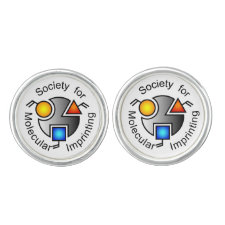
Authors: Lei W, Xue M, Zhong X, Meng ZH, Zhang WB, Zhang LY
Article Title: Preparation of surface-imprinted silica using metal coordination for the separation of proteins.
Publication date: 2013
Journal: Journal of Liquid Chromatography & Related Technologies
Volume: 36
Issue: (15)
Page numbers: 2196-2207.
DOI: 10.1080/10826076.2012.717058
Abstract: Molecular imprinting has received much attention because of their high selectivity for target molecules. However, the column efficiency of classic molecularly imprinted polymers packed column was unsatisfactory because of poor monodispersion and slow mass transfer. In this study, surface-imprinted silica (SIS) based on metal coordination was prepared and used as stationary phase in HPLC for the separation of hemoglobin (Hb). Iminodiacetic acid (IDA) was used as metal-coordinating monomer and Hb template was anchored by Cu2+ on the surface of silica by metal coordination. The silica was coated with a polymer formed by condensation of propyltrimethoxysilane (PTMS) and aminopropyltrimethoxysilane (APTMS). The obtained Hb-SIS were characterized by scanning electron microscope, elemental analysis and Fourier transform infrared spectroscopy. Rapid adsorption kinetics was achieved and the adsorption capacity of SIS was 8-fold higher than that of the nonimprinted silica (NIS). Chromatographic behaviors of Hb and other proteins on Hb-SIS column were investigated. The Hb-SIS column showed good selectivity and outstanding column efficiency (>2 x 10 4 plates m-1) to Hb and can be used for the separation of Hb from a protein mixture containing bovine serum albumin and Cytochrome C
Template and target information: protein, hemoglobin, Hb
Author keywords: chromatographic separation, hemoglobin, molecular imprinting, protein imprinting, Protein separation, surface imprinting



Join the Society for Molecular Imprinting

New items RSS feed
Sign-up for e-mail updates:
Choose between receiving an occasional newsletter or more frequent e-mail alerts.
Click here to go to the sign-up page.
Is your name elemental or peptidic? Enter your name and find out by clicking either of the buttons below!
Other products you may like:
 MIPdatabase
MIPdatabase









